Summary
- While overall sales increased slightly in 2024, September saw a significant decline.
- SUVs and pickups continue to drive growth, while passenger cars face steep declines.
- Hurricane Helene and economic conditions had an impact on September sales.
- U.S. and Japanese automakers struggled, with some exceptions like Tesla and Subaru.
- Demand for passenger cars continues to decrease, while light trucks remain popular.
In 2024, the U.S. automotive market experienced mixed performance, with overall sales showing slight growth despite declines in some segments. Automotive Industry Portal Marklines reports that sales of new vehicles ranged from 11,761,978 from January to August, exhibiting both growth and declines in various categories. Notably, September sales dropped by 12.3% compared to 2023, with a total of 1,172,101 cars sold that month. However, year-to-date sales are up by a modest 0.6%.
SUVs and pickup trucks have driven this growth, with these segments rising 2.3% year-to-date. They remain the preferred choice for American consumers, highlighting a shift away from traditional passenger cars. Sedans and hatchbacks, in particular, have faced steep declines, with September sales dropping 18% year-over-year and a 5.8% cumulative decrease from January to September. This trend underscores the U.S. market’s increasing preference for larger, versatile vehicles, while demand for compact and midsized cars continues to wane.
Market Conditions and Other Factors
For most brands, September was a challenging month for vehicle sales in the United States. At the end of the month, Hurricane Helene hit Florida and other southeastern states, contributing to the decline. This natural disaster disrupted business activities, particularly for dealerships, at a critical time in car sales in the United States.
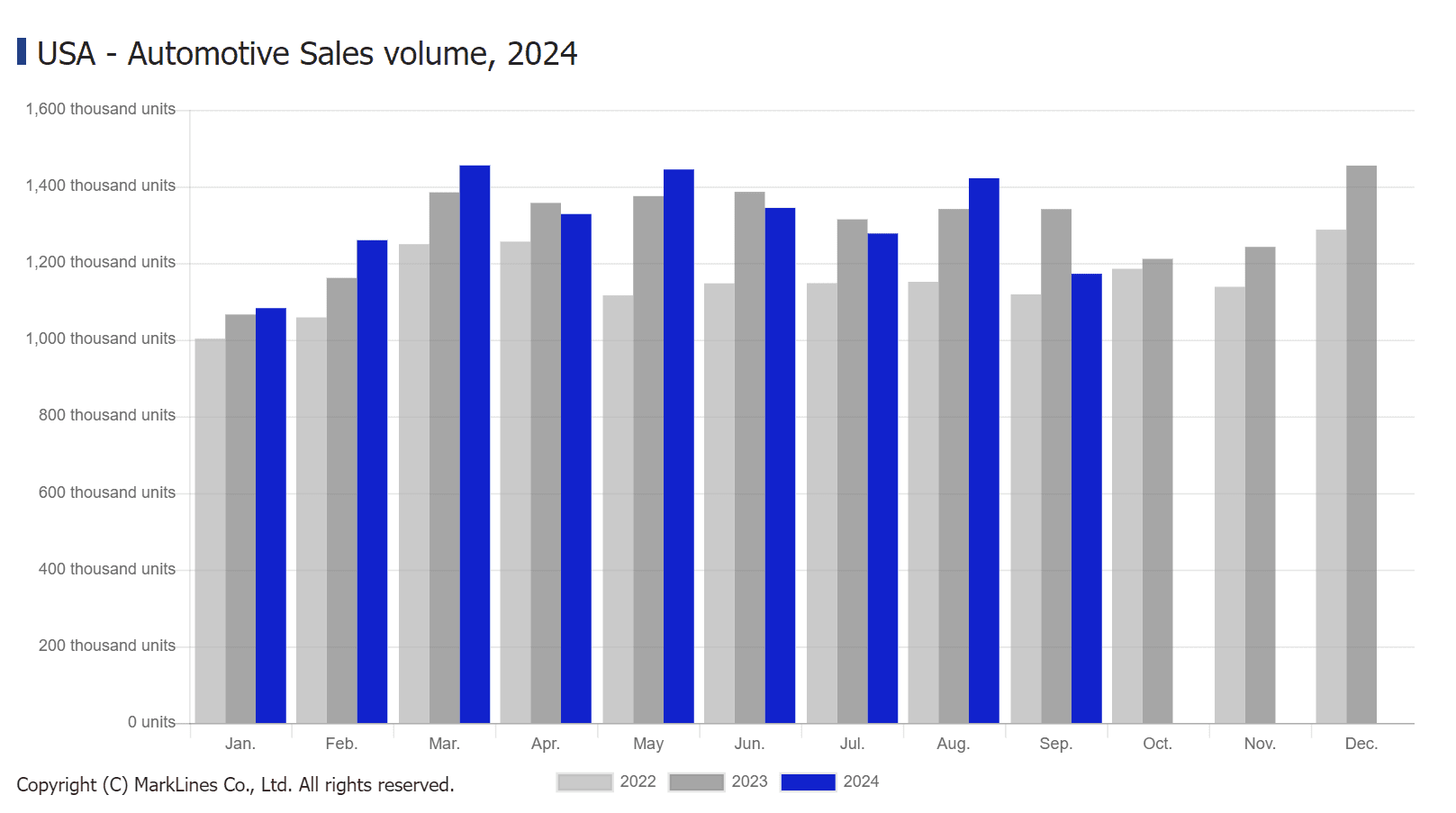

In addition, economic factors were not conducive to new vehicle purchases. Soaring new car prices, tighter credit conditions, and higher interest rates have made it difficult for many potential buyers to purchase a new vehicle.
American Automakers
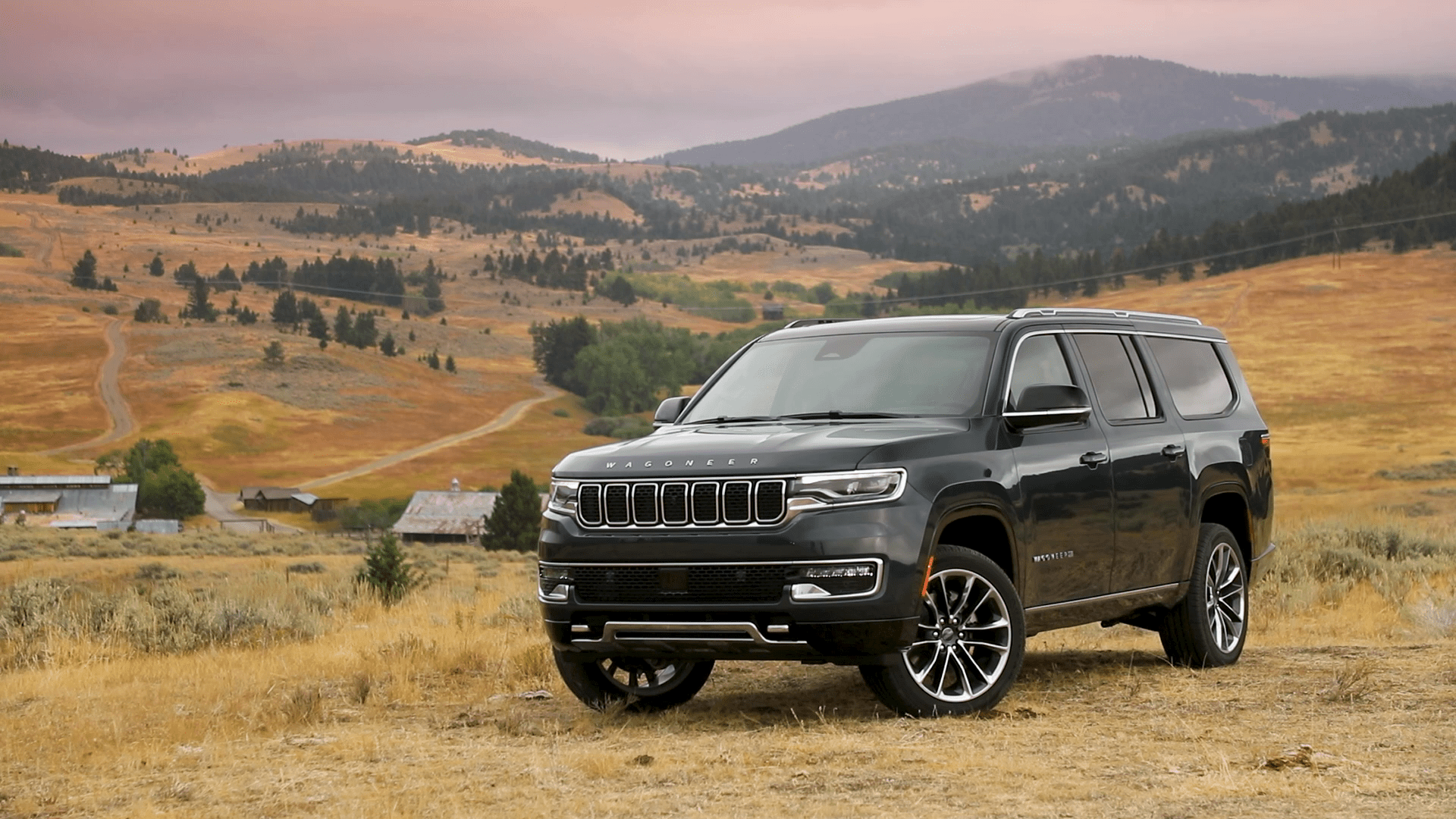

U.S. automakers saw a challenging September, with General Motors reporting a 9.2% decrease in sales, and Ford experiencing a larger drop of 13.2%. Stellantis faced an even steeper decline of 22.6%, making it the ninth consecutive month of double-digit losses for the company. In contrast, Tesla bucked the trend, posting a 9.1% sales increase, marking its first year-over-year gain since February.
Japanese Automakers
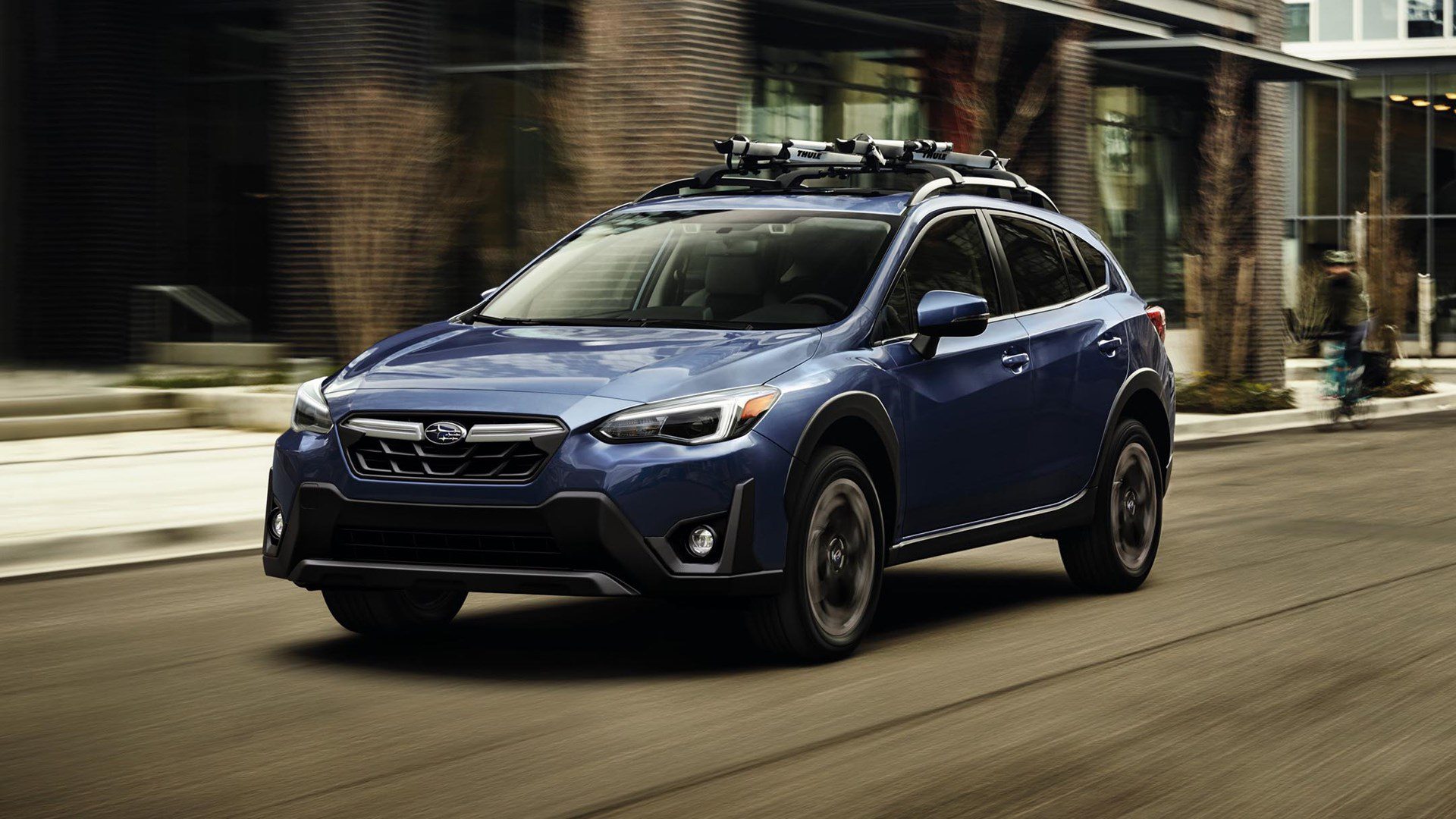

September was also challenging for Japanese automakers, with major players seeing a decline. Toyota experienced a 20.2% drop in sales, largely due to lower demand for top-selling models like the RAV4 and Corolla, along with the suspension of some crossover models. Honda also saw its first decrease in 19 months, with sales falling by 8.6%, while Nissan’s sales dropped by 9.9%.
On the other hand, a few Japanese brands managed to show positive performance. Subaru, for instance, continued its 26-month streak of sales growth, achieving a slight increase of 0.1%. Mazda and Mitsubishi reported even stronger results, with sales up by 6.5% and 24%, respectively, indicating that these brands are effectively reaching specific consumer segments.
Korean Automakers
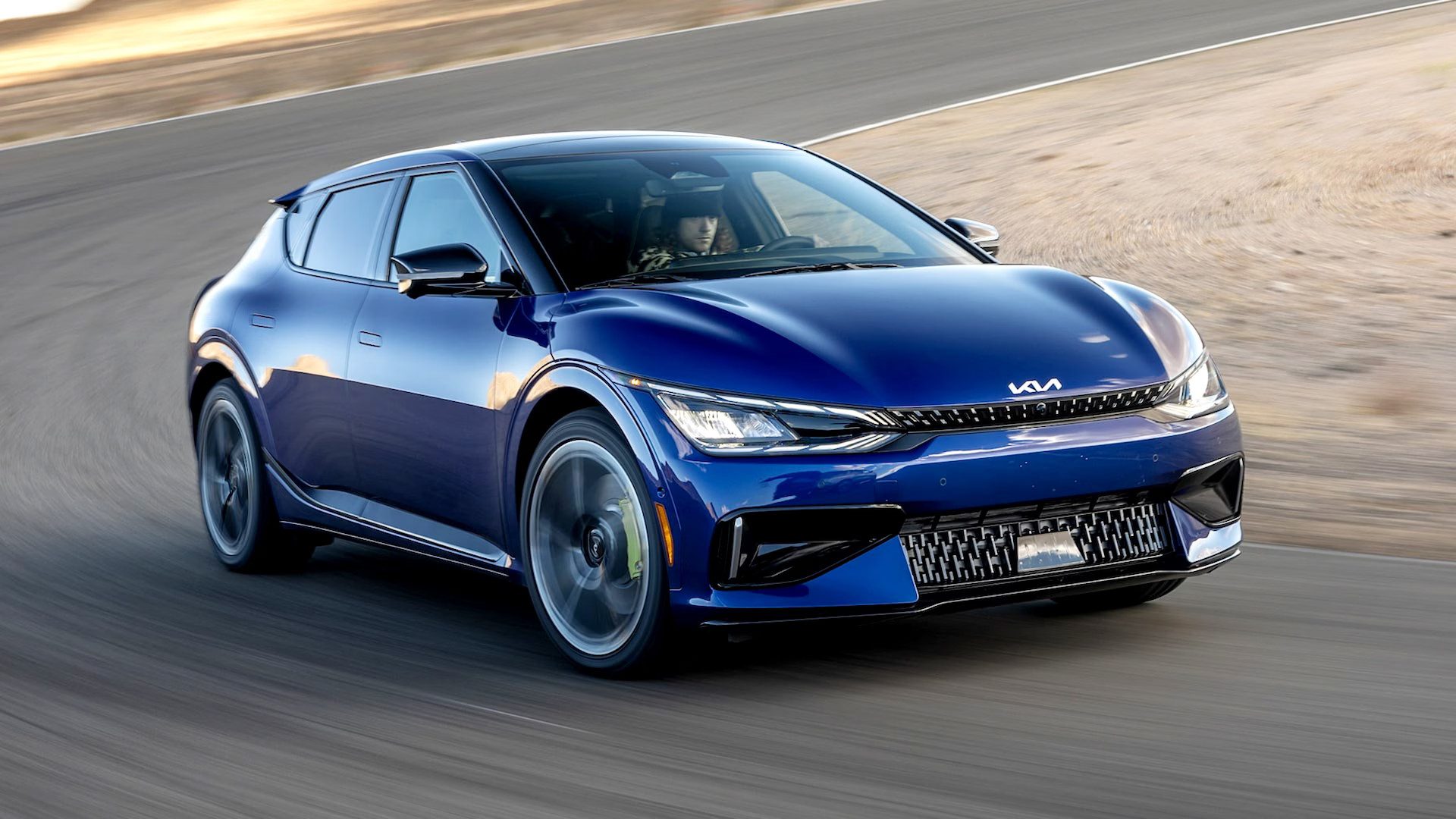

Following this trend of lower US sales in September, Korean automakers struggled, with Hyundai’s sales down 8.7% and Kia’s declining by 12.4%. Despite these drops, both companies saw significant gains in hybrid and electric vehicle sales. Hyundai reported a 36% rise in hybrid sales, while Kia enjoyed a 43% boost in electric vehicle sales, largely driven by the popularity of its new EV9 electric SUV.
German Automaker
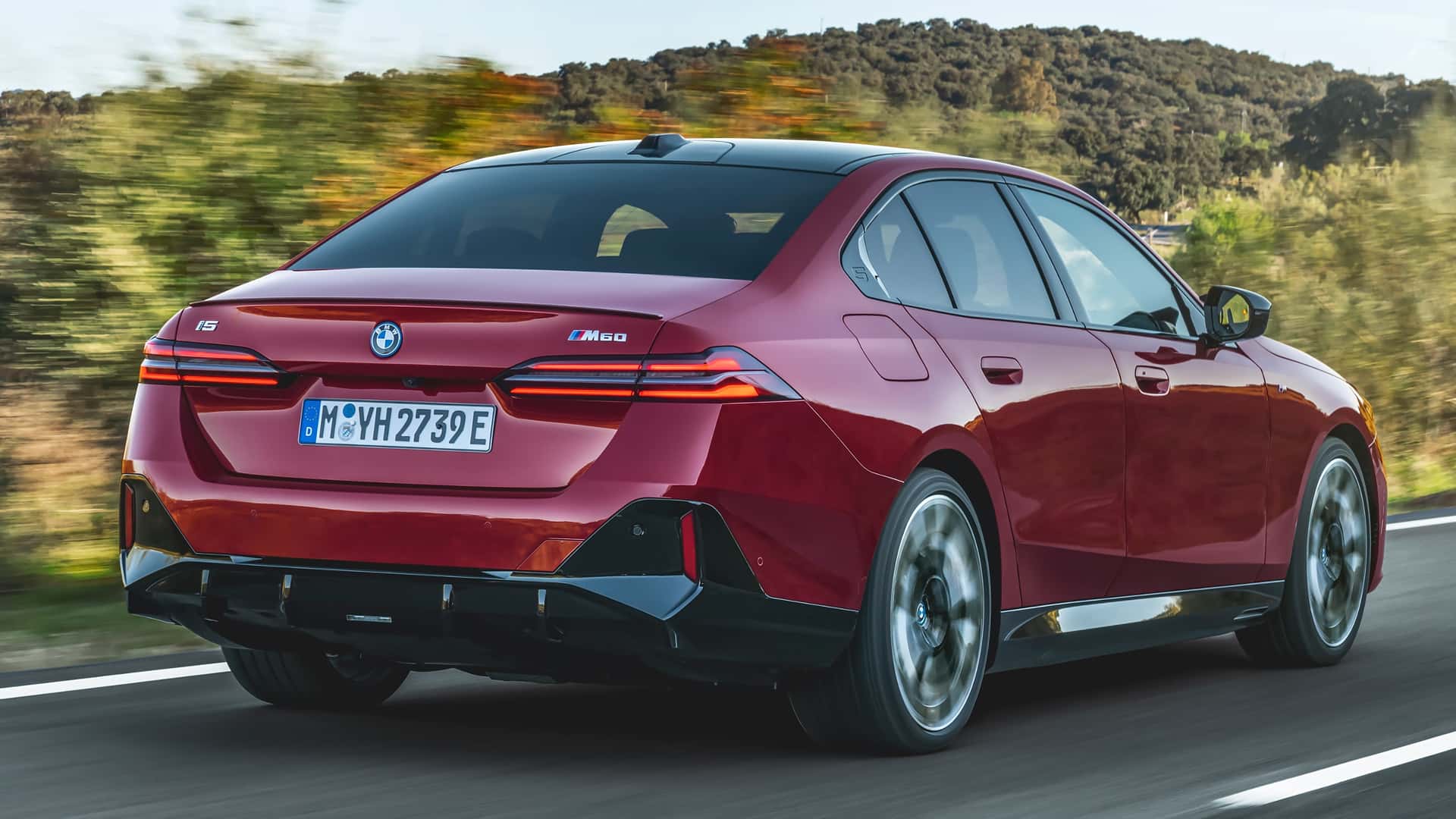

Finally, in September, German brands suffered more drastic drops in car sales. Volkswagen recorded a 27.3% drop in sales, while Audi fell by 29.2% and BMW by 29.3%. On the other hand, Mercedes-Benz had a far less outrageous drop in sales than the rest of the German brands with 2.4%. This highlights the difficulties that some European manufacturers are facing in the competitive U.S. market, where SUVs and pickup trucks remain the favorites. Porsche sales were down 9.9%
Other European Automakers


Volvo experienced a decline of 19.9%, continuing the negative trend that prompted them to reassess their strategy to electrify their lineup by 2030. Land Rover was one of the few that saw an increase in sales from 6,178 in September 2023 to 6,477, which represents an increase of 4.8%. Mini, on the other hand, had a dramatic 46.% year-over-year drop in sales.
Sales of New Vehicles by Type
Regarding sales by vehicle type, in September 2024, passenger cars accounted for 224,576, compared to 273,767 in September 2023. This difference represents a drop of 18.0% year-over-year. From January 2024 through September, there were 2,313,214 passenger cars sold in the US. This translated into a 5.8% year-over-year decrease compared to the same period in 2023, when sales totaled 2,456,271.


In the light trucks (pickup truck and SUV) segment, September 2024 saw sales of 947,525 vehicles, compared to 1,063,352 in September 2024. The result is a 10.9% decrease in sales year-over-year. And from January to September 2024, Americans purchased 9,448,764 light trucks, representing a 2.3% year-over-year increase.
Conclusion
The U.S. automotive market in 2024 has been a mixed bag. Various factors, including external events like Hurricane Helene and economic conditions, have influenced the market, despite a slight increase in overall sales. The shift in consumer preferences towards SUVs and pickup trucks has been a driving force, while traditional passenger cars have faced significant declines. The performance of automakers has varied, with some brands outperforming others. As the year progresses, it will be fascinating to see how these trends continue to evolve and shape the future of the U.S. automotive industry.













